Earliest Appearing Butterflies
Depending on your location in North America, one to 11 species of Commas and Tortoiseshells will soon be seen flying on the first sunny, 60 F day in March. It can happen even with snow on the ground!
Get prepped for the upcoming identification challenges. Immediately below are four different Comma (Polygonia sp.) butterfly; can you identify each one? The photos are almost ideal looks, something you may not encounter regularly when looking at butterflies in their habitat. Lighting plays an important part in assigning correct colors and patterns on wings et al. A blog of mine from a few years back gives some advice.
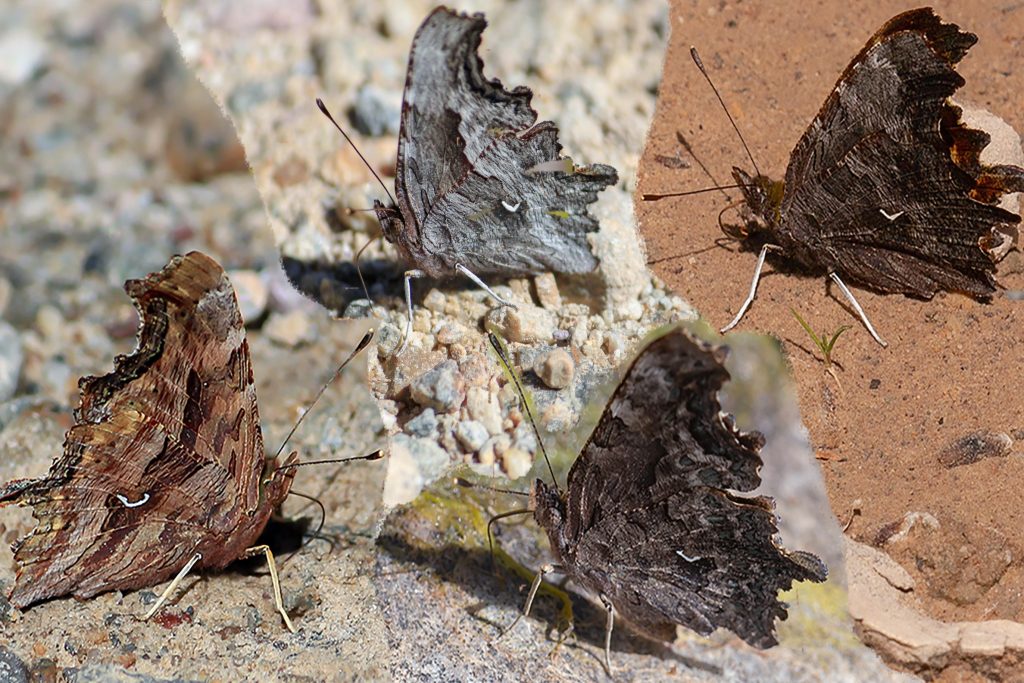
Tortoiseshell butterflies are easier to separate as they are relatively distinct in color and pattern. An adult Milbert’s Tortoiseshell (Nymphalis milberti) is pictured below on thawed ground on a mid-March day.
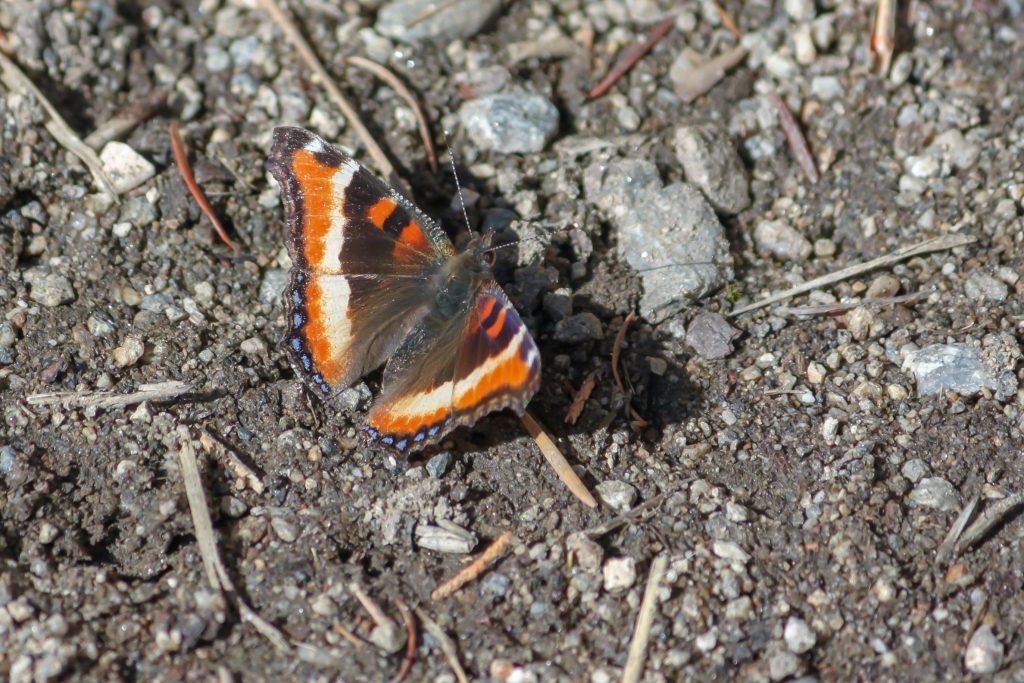
Best places to look are canyons (at least in the American West). Many butterflies utilize the rock crevices for hibernation purposes. They also employ abandoned buildings, barns, behind bark, wood piles and streambanks.
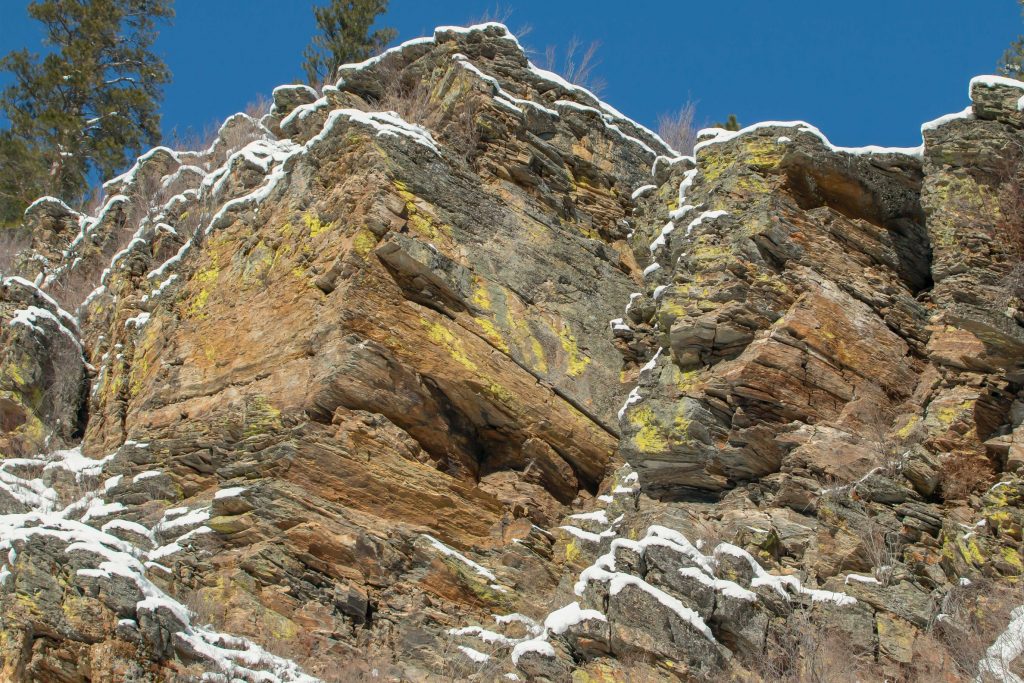

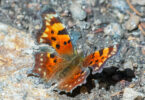
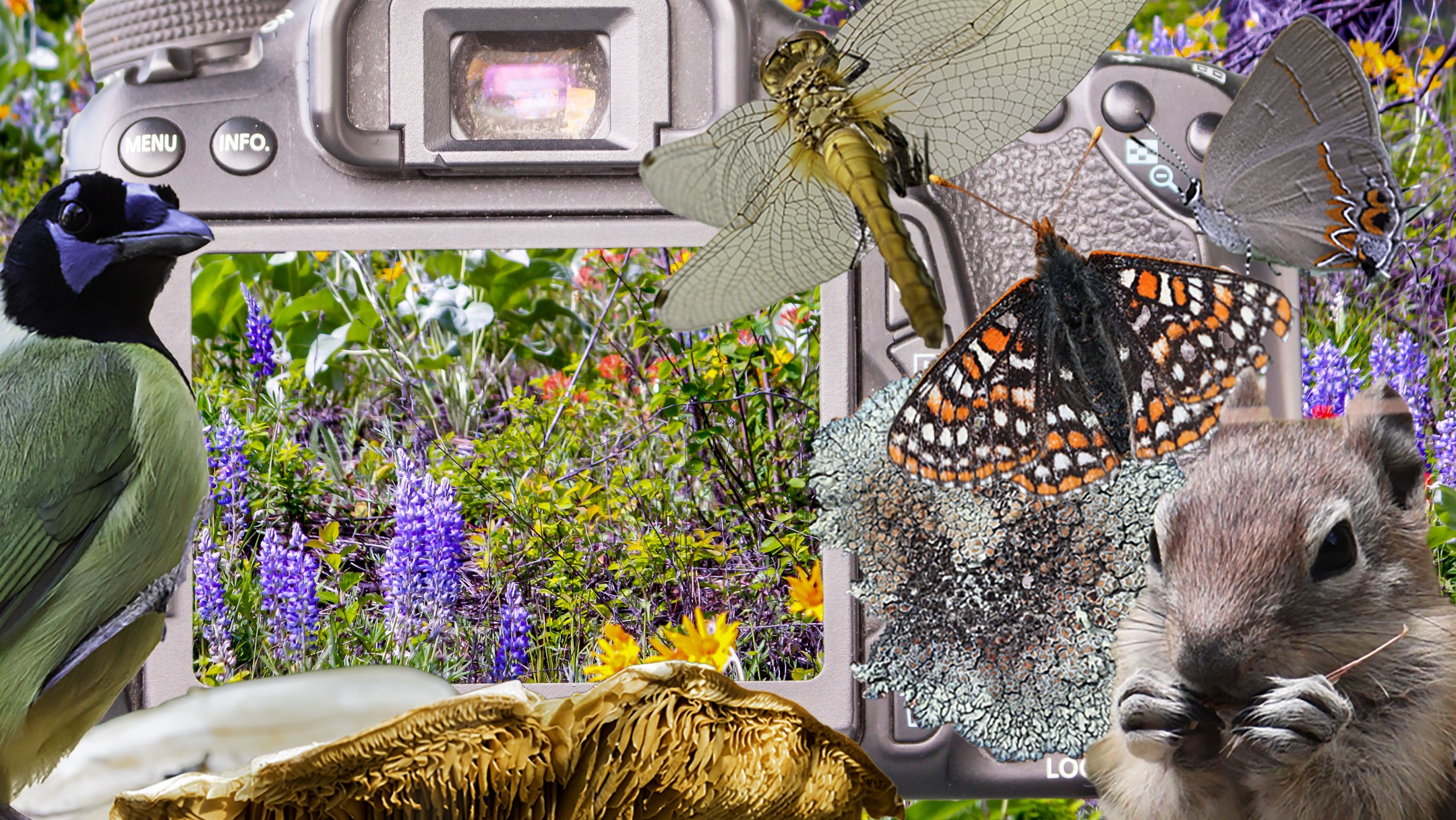

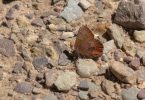

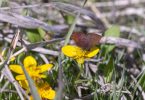
WOW!!! I this is very interesting info. I didn’t know that butterflies hibernate. Love the pictures.
Sharon, Glad you enjoyed! These particular butterflies are different by “hibernating” as adults. Most butterflies spend the winter as an egg, caterpillar, or larvae. Another week or so and I should see a butterfly flying around with snow on the ground, it is way cool 😉 Thanks much for the comment.